As everyday products become “smarter,” our digital footprints grow larger. Each of these internet-enabled gadgets, from watches to vehicles, serves as a data-transferring endpoint in a device known as the Internet of Things ( IOT ) . However, this advancement has created previously unheard-of issues in protecting the security and privacy of those associated devices. Strong protection capabilities are necessary as IoT becomes more embedded into our homes, workplaces, and public infrastructure. This blog will demonstrate IoT device Penetration testing , its benefits, risks, and what challenges testers face.
Why is IoT Device Security So Important Today?
As the influence of IoT devices grows, so does the possibility of illegal network access. IoT devices were not created with any security safeguards in place by design. Installing security software after the event is usually out of the question.
Image
Furthermore, a high level of security supervision jeopardizes public safety and economic stability. IoT devices security frequently hold sensitive information, such as financial and personal information, which must be protected. Any security breach might reveal this data, resulting in negative effects such as identity theft and financial loss.
Power grids, transportation devices, and healthcare all rely on Internet of Things devices. Unauthorized access to these devices can have serious consequences, such as power outages, transit delays, and possible loss of life.
IoT devices are frequently connected to company networks, allowing attackers to infiltrate and hack corporate networks. Furthermore, a successful attack can result in data breaches, intellectual property theft, and other repercussions.
When discussing the Internet of Things cyber security, the need for physical boundaries, badly designed devices, non-standard gadget makers, and inadequate QC & QA (Quality Assurance and Quality Control) present a strong argument. Two key scenarios demonstrate the necessity for IoT security solutions:
- Securing a network’s operation and digital perimeter
- Data security
IoT Device Pentesting: An Overview
Penetration testing (also known as pentesting) simulates a cyberattack to assess the security of a computer device or network. Penetration testing seeks to identify security weaknesses and vulnerabilities so that they may be fixed or minimized before hostile actors exploit them.
IoT device penetration testing is the act of evaluating Internet of Things devices and networks for vulnerabilities. This includes the IoT device’s security as well as the communications it transmits and receives.
The Objective of IoT Device Penetration Testing
IoT Device penetration testing is critical to a robust, all-encompassing IT security program for an organization’s devices and networks. It seeks to detect and resolve flaws in an organization’s IoT security posture that might allow attackers to steal sensitive data or gain unauthorized access to an IoT device or network.
Furthermore, IoT pen testers assist in enhancing the security and resilience of their devices by addressing these weaknesses, reducing the likelihood of intrusions dramatically.
Are you a business that wants to secure your IoT devices from hackers? Penetration testing is the Key to it. Want to learn more? Schedule a Call for FREE with our Expert Security Consultants today!
Talk to our Cybersecurity Expert to discuss your specific needs and how we can help your business.
Benefits of Pentesting IoT Devices: Robust and Efficient Device
A pen test’s primary function is to detect device vulnerabilities and advise decision-makers on how to close the gaps. However, there is more to learn about the advantages of pentesting in IoT devices of this testing approach, which is why we’ve compiled a list of the top 3 reasons why penetration testing should be a part of every IT infrastructure:
1. Enhance Your Security Posture
The appealing aspect of pen testing is that there needs to be a method to conduct it. Several sorts of testing are available, and experts advocate combining multiple procedures to achieve the best findings.
Indeed, the variety of penetration testing in IoT methodologies will keep your company’s data secure and strengthen its security posture. This is because different methodologies give varied findings, which, when combined, offer decision-makers a complete picture of the company’s weak points.
2. Determine Security Vulnerabilities
Security flaws range from secret back doors to out-of-date software tools, so you need to know which ones impact your devices most.
For example, if your organization employs IoT devices, the amount of risk may rise because these are among the most neglected networked devices in terms of cybersecurity. Fortunately, you can employ pen testing with hybrid security solutions to assess whether any of your users are participating in potentially dangerous or malicious conduct.
3. Regulation with Compliance
Cybersecurity rules assist organizations in understanding various security requirements and advocating for a more secure corporate environment. Furthermore, several of these requirements require organizations to do frequent penetration testing of IoT devices and audit their IT devices to guarantee compliance.
Failure to comply frequently results in a data breach, resulting in a fine, an inquiry into the company’s cybersecurity measures, and diminished consumer trust.
“Read more: Why IoT Device Pentesting should be a part of your business security.
What are the OWASP Top 10 Risks in IoT Security?
OWASP issued a Top 10 list dedicated to IoT device pentesting. This list identifies the most essential IoT security threats and vulnerabilities that should be addressed during IoT pen testing. Security experts may guarantee that they cover the most serious security threats and vulnerabilities for IoT devices by following the Top 10 list.
The following risks are included in the OWASP Top 10 for IoT in cyber security :
- Weak passwords, easy to guess, or hardcoded: Passwords that are weak, easy to guess, or hardcoded should be found during testing to prevent attackers from exploiting them.
- Insecure network services: Testing should include identifying vulnerabilities in network services used by IoT devices, such as inadequate encryption, improper use of transport layer security (TLS), and susceptibility to man-in-the-middle (MITM) attacks.
- Insecure eco-device interfaces: During testing, vulnerabilities in interfaces used to communicate with other devices or devices, such as APIs, web interfaces, and other network interfaces, should be discovered.
- Inadequate secure update mechanism: Testing should include assessing the security of the technique used to update IoT devices, such as whether updates are signed and verified, as well as the update process itself.
- Use of insecure or outdated components: The testing process should include identifying IoT devices with known susceptible or obsolete components, such as operating devices or third-party libraries.
- Inadequate privacy protection: Testing should involve detecting IoT devices that gather and store personal information and validating whether that data is properly protected from unwanted access.
- Insecure data transfer and storage: Testing should involve determining if IoT devices gather and store personal information, as well as determining whether that data is secure from unwanted access.
- Inadequate device management: Part of the testing process should include identifying IoT devices that lack suitable management capabilities, such as monitoring and limiting access to the device.
- Insecure default settings: Part of the testing process should include identifying IoT devices with dangerous default settings, such as default passwords or exposed network services.
- Lack of physical hardening: Testing should involve evaluating the physical security of IoT devices and devices, including tamper resistance and environmental safeguards.
The Major Challenges for Pentesters in Securing IoT Devices?
Penetration testing for IoT devices (Internet of Things) presents unique challenges due to the diversity of devices, communication protocols, and security architectures. Here are seven challenges faced by pentesters in securing IoT devices , along with potential solutions:
1. Physical Security Risks:
Challenge: Physical access to IoT devices may lead to tampering or unauthorized access, especially in industrial IoT settings.
Solution: Assess physical security measures, recommend tamper-evident packaging, and promote secure deployment practices. Consider the impact of physical attacks in the overall risk assessment.
2. Device Heterogeneity:
Challenge: IoT devices come in various shapes and sizes, with different hardware, firmware, and communication protocols.
Solution: Develop a comprehensive inventory of the IoT devices in the network. Create a test plan that covers a representative sample of devices, ensuring a broad coverage of the IoT ecosystem.
3. Limited Resources:
Challenge: Many IoT devices have limited processing power, memory, and storage, making it challenging to run traditional security tools.
Solution: Adapt testing methodologies to accommodate resource constraints. Use lightweight tools, focus on specific attack vectors, and prioritize testing on critical devices.
4. Insecure Communication:
Challenge: IoT devices often communicate over insecure channels, making them susceptible to eavesdropping and man-in-the-middle attacks.
Solution: Implement secure communication protocols (such as TLS/SSL) where possible. Test for insecure communication channels and recommend encryption and secure configurations.
5. Lack of Standardization:
Challenge: The absence of standard security practices across IoT devices makes it difficult to apply consistent testing methodologies.
Solution: Develop custom testing approaches for different types of devices, focusing on common vulnerabilities. Advocate for and follow industry security standards and best practices.
6. Weak Authentication and Authorization:
Challenge: Many IoT devices have weak or default credentials, and authorization mechanisms often need to be improved.
Solution: Test for default credentials, enforce strong authentication, and recommend the use of multi-factor authentication. Assess and enhance authorization mechanisms to ensure proper access control.
7. Inadequate Logging and Monitoring:
Challenge: Many IoT devices need robust logging and monitoring capabilities, making detecting and responding to security incidents in real-time difficult.
Solution:
- Advocate for the implementation of comprehensive logging mechanisms in IoT devices.
- Test and recommend the inclusion of security-relevant events in logs.
- Integrate IoT devices into centralized logging and monitoring solutions to enable quick detection of suspicious activities.
IoT Device Penetration Testing: A Step-by-Step Guide
What is the procedure for IoT penetration testing? The following are the stages for IoT pen testing:
1. Information Gathering and Scoping:
The goal is to gather as much information as feasible. The testers collaborate with the client team to gather critical information. They probe deeply into the IoT device’s technical and functional complexities. A thorough IoT security device testing strategy is also created, including scope, methodology, and testing criteria. This checklist will also provide a solid foundation by addressing critical concerns like authentication procedures, data processing, and input validation.
2. Auto Tool Scan:
This automatic and invasive scan uses tools to hunt for vulnerabilities on the application’s surface level. Furthermore, as a precautionary measure, the testers utilize this scan to proactively identify and correct surface-level vulnerabilities in the staging environment. This technique allows thorough inspection as well as rapid repair, boosting the application’s security posture.
3. Manual Testing:
During this step, the IoT penetration testing services provider thoroughly examines the IoT device. The objective is to find flaws both within and outside of the IoT device. During deep manual testing, testers actively interact with equipment to uncover nuanced flaws that automated procedures may miss. Testers simulate real-world scenarios, study user interfaces, and assess device compatibility to uncover potential vulnerabilities and usability concerns. This manual testing technique is crucial for increasing overall IoT device quality and contributing to a more robust and secure IoT ecosystem.
4. Reporting:
The testing team painstakingly investigates and categorizes detected vulnerabilities in a detailed report. In addition, a senior consultant performs a high-level penetration test and evaluates the complete report.
This report also supports developers in fixing detected vulnerabilities by giving information such as
- Vulnerability Name
- Likelihood, Impact, and Severity.
- Description
- Consequence Instances (URL/Place)
- Steps and Proof of Concept (POC)
- CWE No.
- References
For a detailed and comprehensive tour of the study, we have provided our penetration test report here. To download, please use the URL provided below.
Latest Penetration Testing Report

5. Remediation:
A testing company provides a consultation call to ensure the development team does not experience any issues throughout the repair procedure. IoT device penetration testing specialists recommend direct participation to assist developers in responding to security issues. This method also ensures that the development team receives professional help, allowing for the smooth and rapid resolution of vulnerabilities.
6. Retesting:
Following the development team’s risk reduction, the critical stage of retesting is accomplished during this phase. The testing team does a thorough examination to determine the efficiency of the offered fixation. The following are included in the final report:
- Discoveries throughout history
- Situation evaluation
- Screenshots
7. LOA and Certification:
The testing company creates a Letter of Attestation that supports the evidence gathered during penetration testing and security assessments, such as:
- Confirmation of the level of safety
- Providing stakeholders with security
- Compliance
Furthermore, the testing company will provide you with a Security Certificate, which will improve your capacity to represent a secure workplace, create confidence, and satisfy the demands of many stakeholders in today’s rapidly evolving cybersecurity scenario.
Did you Know? This IoT penetration testing certificate may be shown publicly to convince consumers and stakeholders that your API is secure!
“Also explore: Benefits of IoT Security Testing
The Best Practices of IoT Device Pentesting
Penetration testers should follow certain practices and IoT device pentesting checklists to conduct penetration testing smoothly. We have listed some of them below:
- Keeping Up with IoT Security Risks: IoT security risks grow at a rapid pace. It is critical for successful penetration testing to remain up to date on the newest vulnerabilities, attack methodologies, and mitigation solutions.
- Implement strong Authentication Mechanisms: Use strong authentication mechanisms to guarantee that only authorized personnel may access and control IoT devices, reducing the risk of unauthorized breaches.
- Make provision for firmware updates/patches: Design IoT devices to allow timely firmware upgrades and patches, ensuring that security flaws are fixed as soon as possible to ensure device resilience.
- Specify Procedures for Data Protection During Device Disposal: Establish explicit protocols for securely wiping or disposing of IoT devices, preventing sensitive data from coming into the hands of the wrong people during device decommissioning.
- Use Secure Protocols and Strong Encryption: Use robust encryption methods and secure communication channels to protect data transfer and keep sensitive information private.
- Define Secure Methods for Decommissioning and Destroying Malfunctioning IoT Devices: Define secure methods for decommissioning and destroying malfunctioning IoT devices to prevent potential data loss or exploitation, even in the case of device failure.
Qualysec Technologies: The Best IoT Device Pentesting Company
In an era dominated by digital advancements and interconnected devices, the need for robust monitoring and security devices has never been more critical. Qualysec Technologies stands at the forefront, empowering organizations to proactively assess their devices, applications, and networks for both existing and emerging risks or vulnerabilities.
Distinguishing itself as a trailblazer in the cybersecurity landscape, Qualysec goes beyond conventional security measures. Furthermore, our unparalleled expertise is showcased through a distinctive approach to security solutions, exemplified by our process-based penetration testing. This innovative methodology employs a Hybrid testing strategy coupled with a team of seasoned professionals possessing extensive testing skills, ensuring that applications meet and exceed the industry’s highest standards.
At the core of our pentesting services lies a comprehensive blend of automated vulnerability scanning and meticulous manual testing, leveraging cutting-edge tools both in-house built and commercial. Qualysec is not just a security provider; we are your strategic partner, actively guiding organizations through complex regulatory compliance landscapes, including GDPR, SOC2, ISO 27001, and HIPAA.
Our unwavering commitment to assisting developers in resolving vulnerabilities effectively sets us apart. Furthermore, our pentesting reports are not merely documents; they are invaluable resources for developers, providing extensive insights from identifying vulnerabilities to a detailed roadmap for resolution. The report is a comprehensive, step-by-step guide, empowering organizations with the knowledge and tools to fortify their digital infrastructure.
Choose Qualysec as your Top IoT device pentesting company, where innovation, expertise, and dedication converge to safeguard your digital eco device. Your security is our priority, and Qualysec, beacon guiding you toward a future of resilience and confidence in the face of evolving cyber threats.
Conclusion
In conclusion, Security of IOT devices presents a formidable challenge that demands the expertise of penetration testers. As the IoT landscape continues to expand, the intricacies of interconnected devices underscore the need for comprehensive security measures.
Furthermore, Penetration testers play a crucial role in identifying vulnerabilities, assessing risks, and fortifying the resilience of IoT ecosystems. The evolving nature of cyber threats necessitates a proactive and dynamic approach, and penetration testers stand as the frontline defenders, ensuring the integrity and IOT security devices in an ever-changing digital landscape.
FAQs- Frequently Asked Questions
What is penetration testing in IoT?
Penetration testing in IoT involves simulating cyber-attacks to identify vulnerabilities in IoT devices and networks. This proactive approach helps uncover potential security weaknesses and allows organizations to address them before malicious actors can exploit them.
What are the three types of IoT security?
The three main types of IoT security are device security, network security, and data security. Device security involves protecting individual IoT devices, network security focuses on securing communication channels, and data security ensures the confidentiality and integrity of the information exchanged within the IoT ecosystem.
What are the challenges of securing an IoT device?
Securing IoT devices poses challenges such as limited resources for implementing robust security measures, diverse device ecosystems, interoperability issues, and the need for regular updates and patch management. In addition, IoT devices often operate in dynamic and uncontrolled environments, increasing the complexity of security.
Why is security required in IoT?
Security in IoT is crucial to safeguard sensitive data, prevent unauthorized access, and mitigate potential risks of cyber-attacks. Furthermore, without adequate security measures, IoT devices exploits, leading to privacy breaches, disruptions in critical services, and even physical harm in sectors like healthcare, transportation, and smart infrastructure.
What is a vulnerability in IoT?
A vulnerability in IoT refers to a weakness or flaw in the design, implementation, or configuration of an IoT device or system that could be exploited by attackers. Furthermore, these vulnerabilities may allow unauthorized access, data manipulation, or disruption of services, emphasizing the need for robust security measures in the IoT ecosystem.










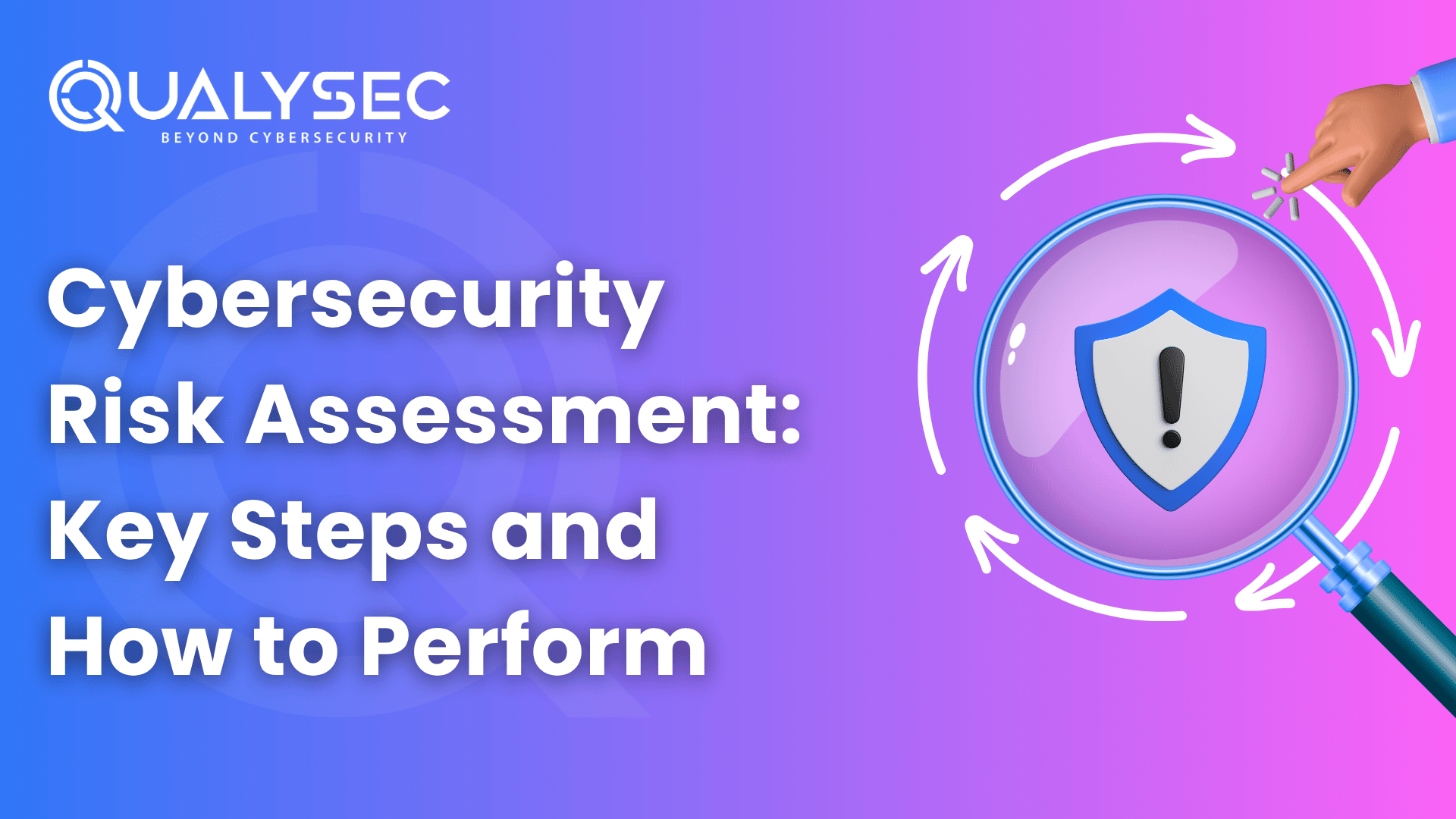
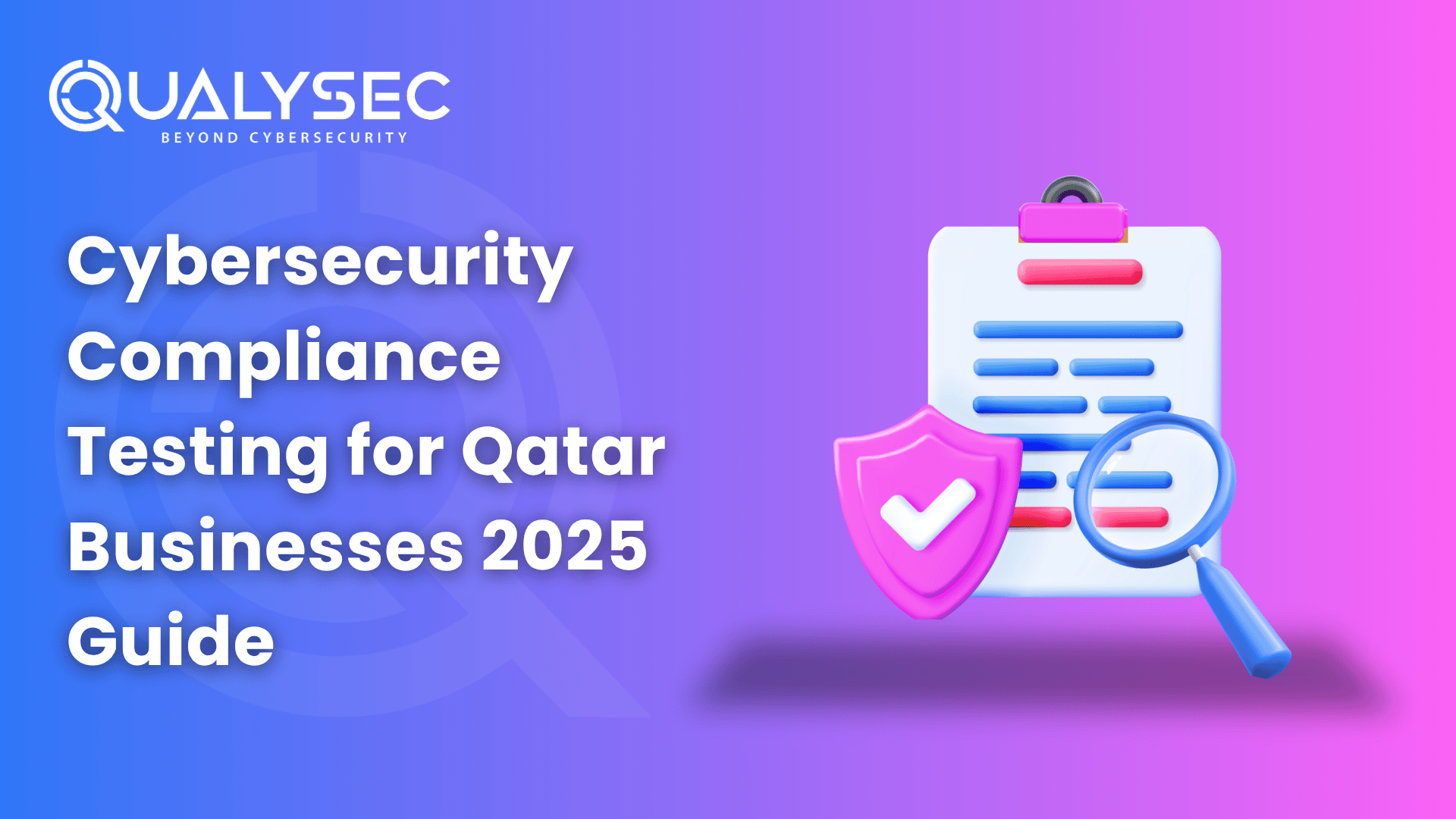
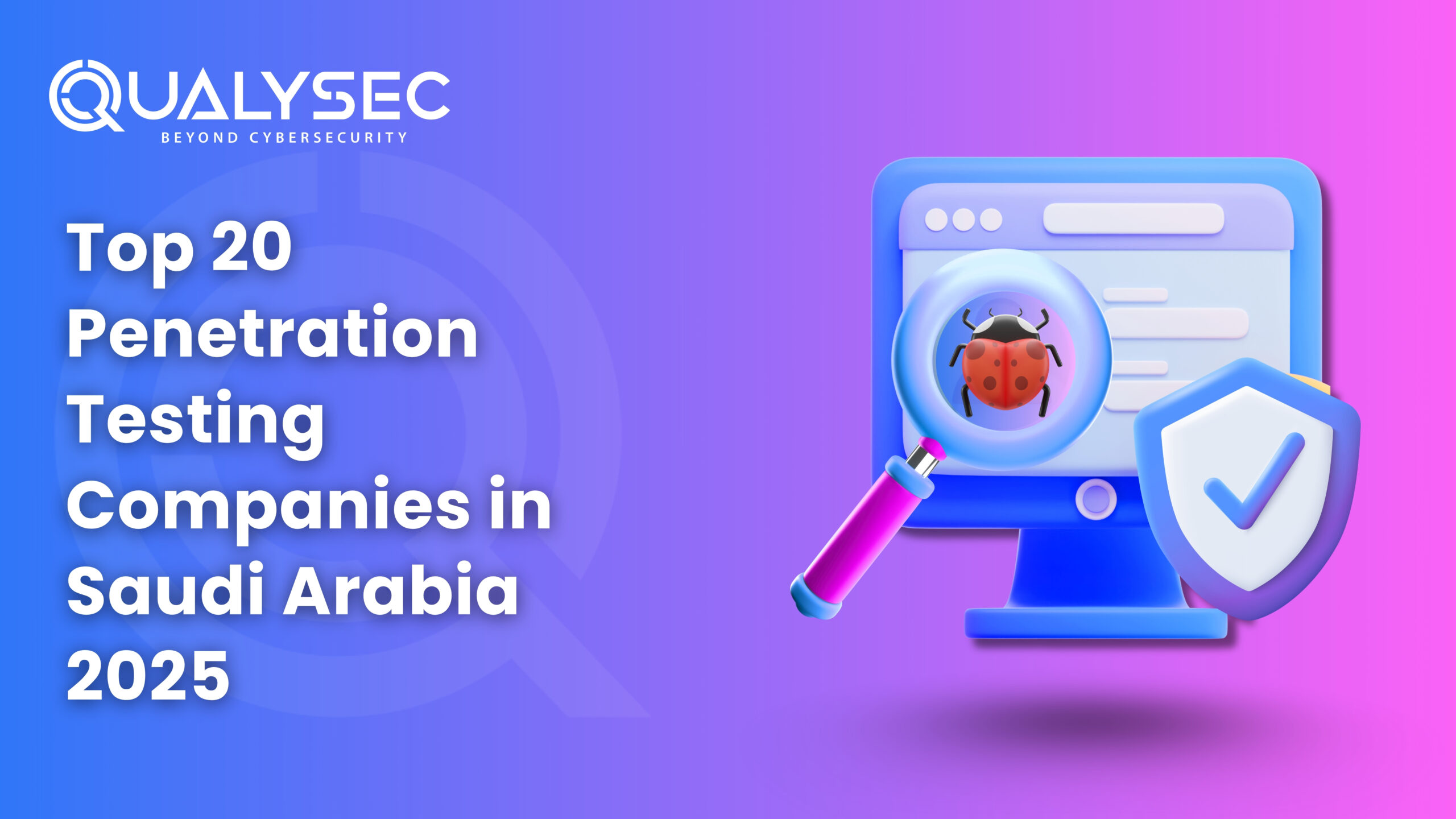
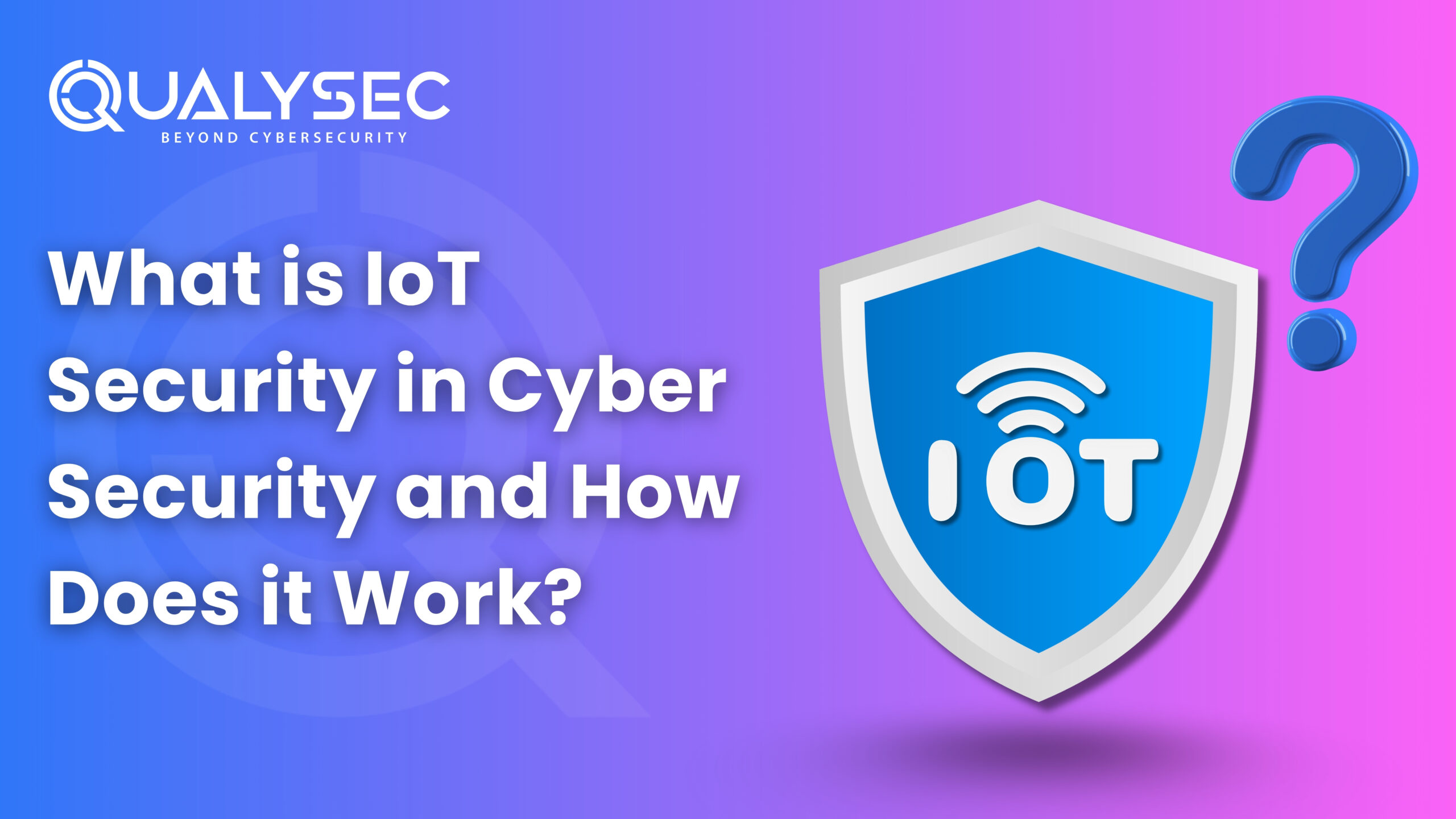
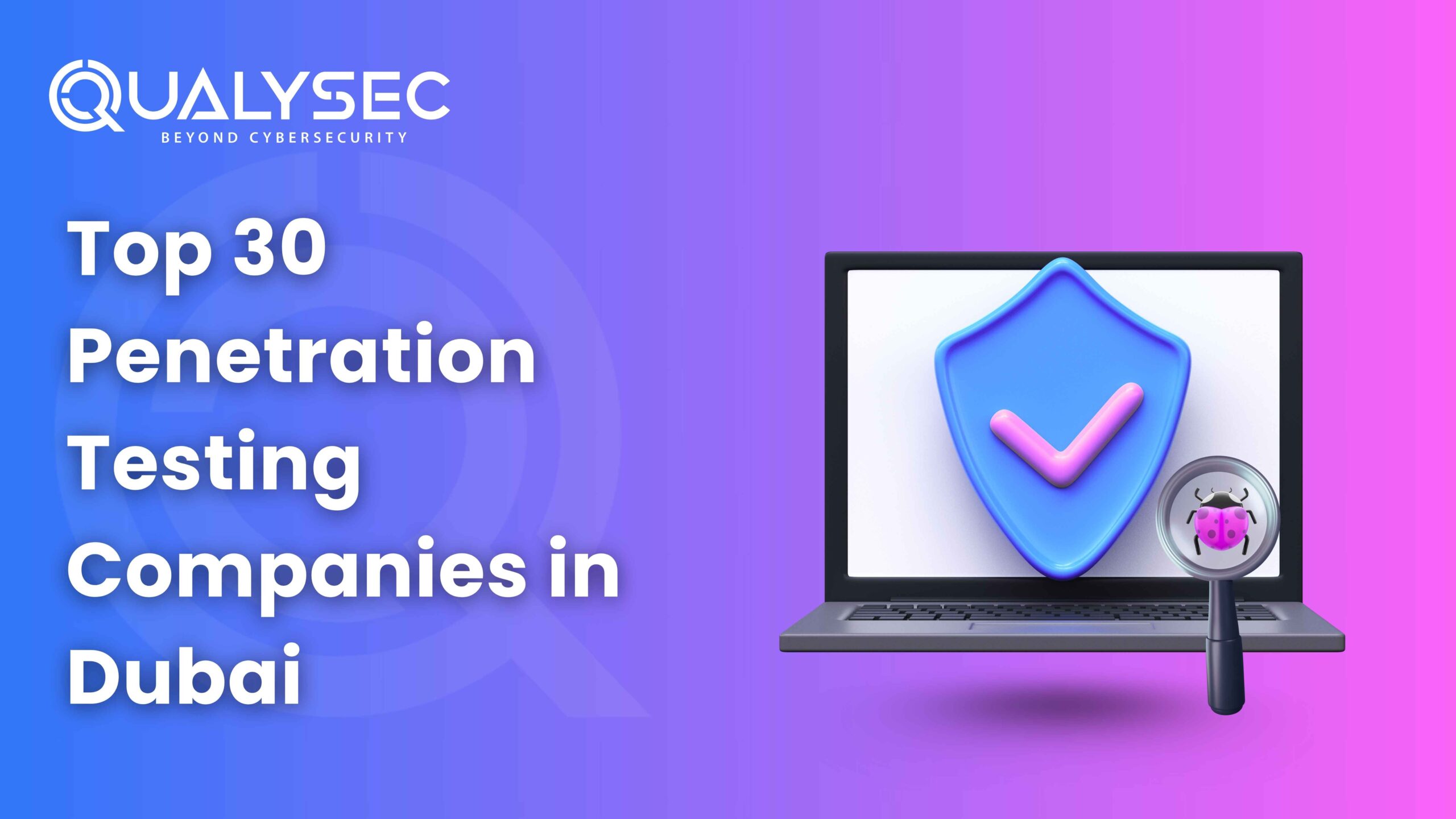

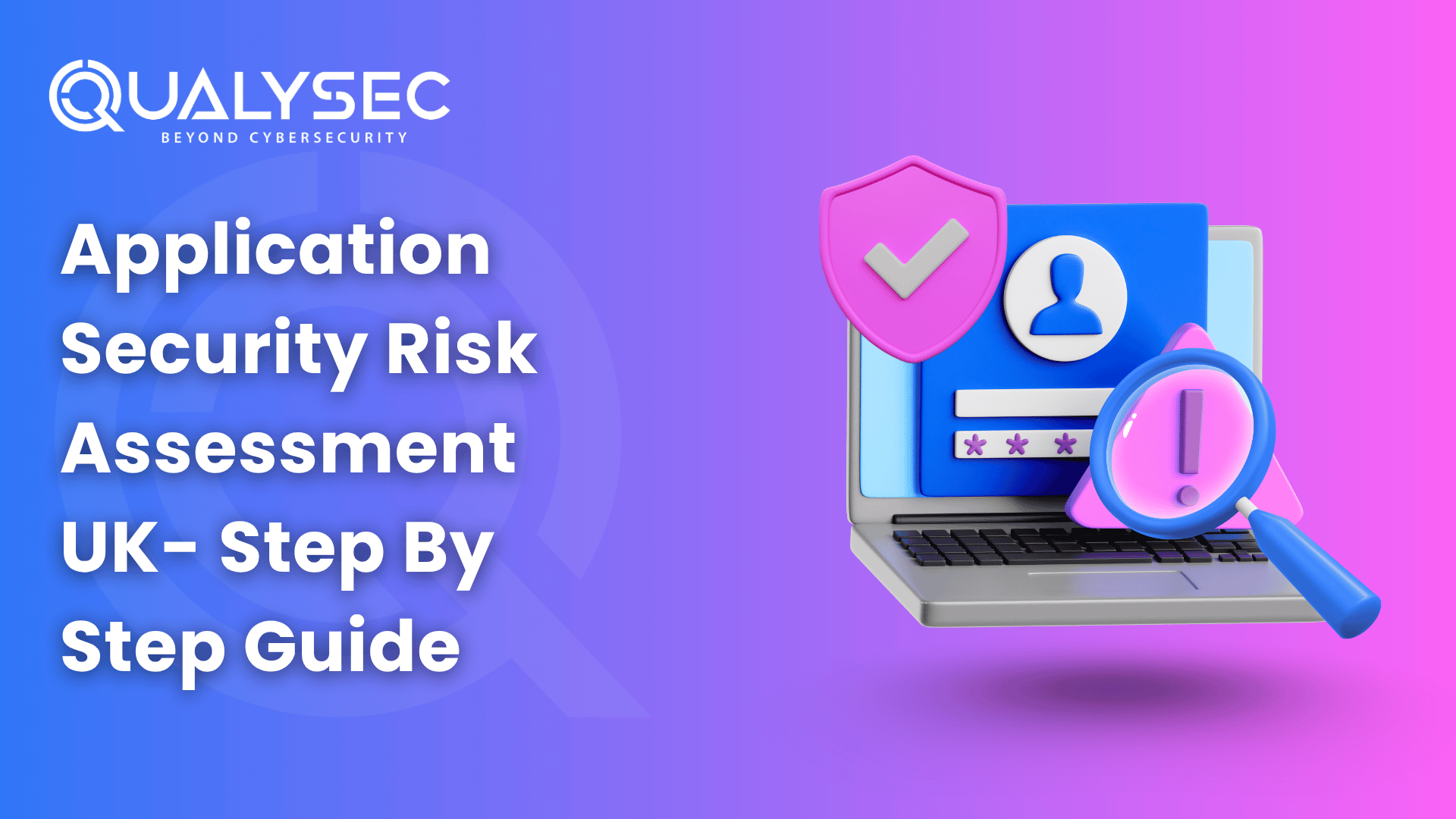
























































































































































































































































































































0 Comments